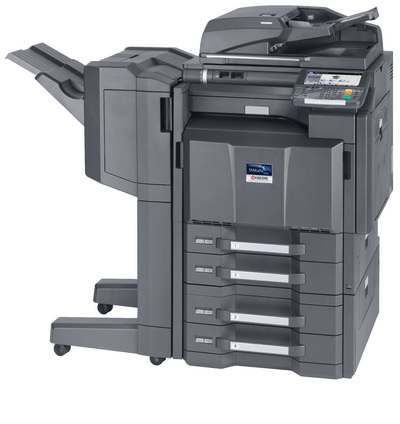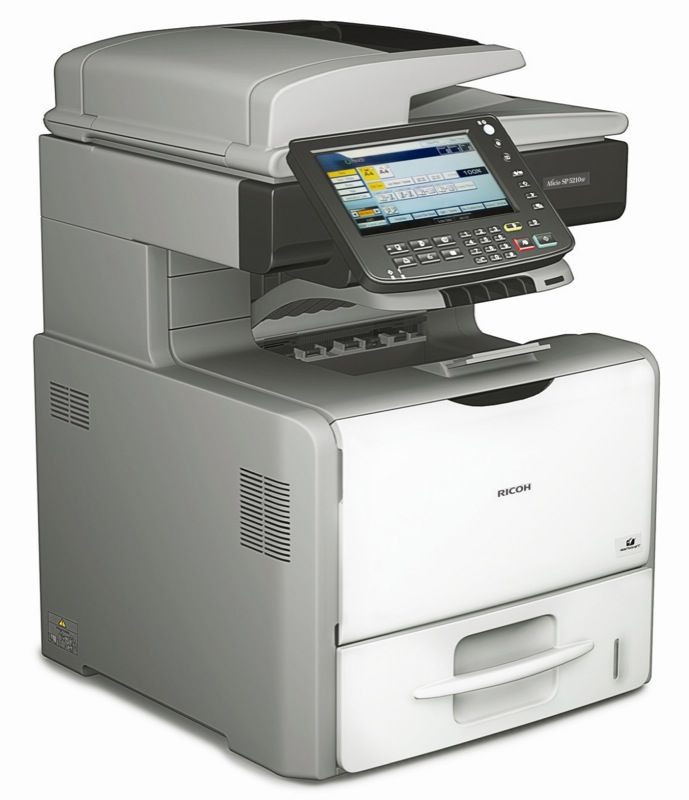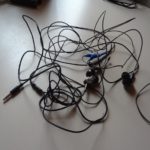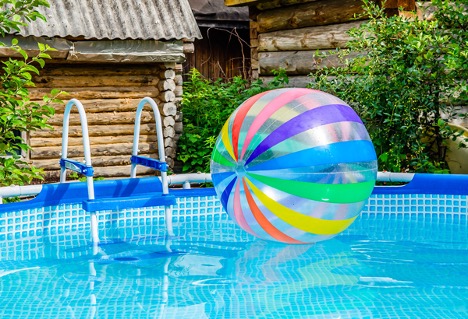Finisher for MFP: what is it
 Modern devices significantly simplify the daily work with papers for employees of offices and banking organizations. It is difficult to imagine how one office employee can manually punch and bind many sheets, achieving a high-quality result and spending a minimum of time on it. All this can be easily fixed using a finisher.
Modern devices significantly simplify the daily work with papers for employees of offices and banking organizations. It is difficult to imagine how one office employee can manually punch and bind many sheets, achieving a high-quality result and spending a minimum of time on it. All this can be easily fixed using a finisher.
The content of the article
What is a finisher for MFPs?
A finisher is a device that fastens a document with metal or plastic springs, allowing you to quickly file sheets and at the same time beautifully decorate everything with a cover.
The equipment is divided into four types:
- thermal bookbinders;
- for metal fastening;
- under plastic mount;
- combined devices.

Why do you need a finisher for MFPs?
The finisher can have many options:
- Stapler. The device is equipped with a stapler. Taking into account the model, it is possible to staple 25-50 sheets.
- Storage device. The printed text that comes out can be output to the finisher tray.
- Hole puncher. Important – this option is most often ordered separately from the binder.
- Folder. Bends the paper in half as it exits the MFP.

How to use
A special folder is heated in the equipment, where you need to put paper. The spine is impregnated with glue, which softens when heated and glues everything into one document. Once the binding has cooled, it can be used as a brochure.
Reference! Expensive devices have a built-in cooling unit. The maximum number of sheets can be up to 1000 pcs. At the same time, the quality of the resulting document is close to typographical.

The body of the structure can be metal, plastic, or a combination. The main advantage of plastic devices is their light weight and low price. These models are used for jobs of no more than 150 sheets.
The combined bookbinder consists of a plastic casing of the binding mechanism together with a metal frame. These devices are used to work with a large number of sheets.
For normal work, equipment with a metal case is most often used; this equipment is quite convenient and reliable. The main disadvantage is the high cost and significant weight. But it still produces an almost professional binding. Main areas of use: various calendars, brochures, catalogs. Selecting the appropriate finisher model depends on the operating conditions of the equipment.





